Explore the Best AI Image Gallery
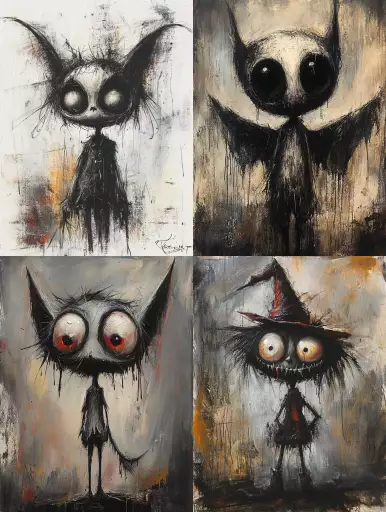
Beyond the Canvas: How Wearable Tech is Redefining Creative Expression
The realm of creativity has been profoundly reshaped by the advent of wearable technology. This innovative sphere of devices, seamlessly integrated into our lives, is blurring the lines between the physical and digital worlds, empowering artists, designers, and innovators to explore uncharted territories.
A Symphony of Senses: Wearable Tech Applications in Creative Fields
Wearable tech is no longer confined to fitness trackers and smartwatches. Its becoming an indispensable tool across diverse creative domains:
- Interactive Art Installations: Imagine stepping into a gallery where your movements trigger mesmerizing light displays, sound sculptures, or virtual projections. Wearable sensors can capture your gestures, heart rate, and even brainwaves, translating them into real-time artistic expressions that evolve with your interaction.
- Augmented Reality (AR) Design: Architects and designers can don AR headsets to visualize their creations in 3D, making modifications on the fly. Clients can experience proposed designs overlaid onto existing spaces, fostering a more immersive and collaborative design process.
- Music Composition and Performance: Musicians are embracing wearable tech to expand their sonic horizons. Sensors embedded in instruments or clothing can capture subtle nuances of movement and breath, translating them into unique melodies or rhythmic patterns. This opens up possibilities for interactive musical performances that respond to the audiences energy.
- Personalized Storytelling: Imagine a narrative tailored to your individual experiences. Wearable tech can collect data about your environment, mood, and even your past interactions, weaving it into a personalized story delivered through immersive audio or visual mediums.
Navigating the Ethical Landscape
As wearable tech weaves itself into the fabric of creative expression, its crucial to address the ethical implications:
- Data Privacy and Security: Wearables collect vast amounts of personal data. Ensuring responsible data handling practices, transparent consent mechanisms, and robust security measures are paramount.
- Bias and Representation: AI algorithms used in creative applications can perpetuate existing biases if trained on skewed datasets. Its essential to promote diversity and inclusivity in the development and deployment of wearable tech to avoid reinforcing harmful stereotypes.
- Accessibility and Inclusivity: Wearable technology should be designed to be accessible to individuals with diverse needs and abilities. This includes considering factors such as visual impairments, dexterity limitations, and cognitive differences.
Looking Ahead: Future Trends in Wearable Tech for Creativity
The future of wearable tech in creative industries is brimming with exciting possibilities:
- Brain-Computer Interfaces (BCIs): BCIs have the potential to unlock new levels of creative expression by allowing artists to directly control digital creations with their thoughts.
- Haptic Feedback and Sensory Immersion: Wearables equipped with haptic feedback can enhance artistic experiences by simulating touch, texture, and temperature. Imagine feeling the brushstrokes of a painting or the vibrations of a musical performance.
- Collaborative Creativity in Virtual Worlds: Wearable tech will enable artists to collaborate seamlessly in shared virtual spaces, regardless of their physical location. This will foster new forms of artistic expression and push the boundaries of creative collaboration.
Conclusion
Wearable technology is revolutionizing the creative landscape, empowering artists, designers, and innovators to explore innovative forms of expression. As we embrace these advancements, its essential to navigate the ethical considerations responsibly and ensure that wearable tech fosters inclusive and equitable creative practices for all.
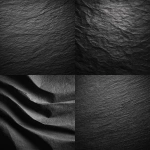
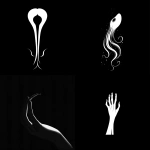

](https://images.ai-img.art/thumbnails/150/3c5dc62bba83cc9919c20ebfec8430d31e821cef586a2753dd85ef26d77d480a.webp)
](https://images.ai-img.art/thumbnails/150/3e8c063b4357fc743a3c6e49a3145ee31b2dcecc018c38d2db8f97bf3e3fda3f.webp)

](https://images.ai-img.art/thumbnails/150/1d7b3a908141474d50d90721c394db29c0cb5404d685ae70ea60430c18e905b7.webp)






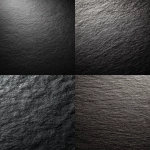






](https://images.ai-img.art/thumbnails/150/8c320ce9aefbbb5b9ec5fd4e1d0fba7388f0fff5b6c2e2f14077cad3008f291d.webp)
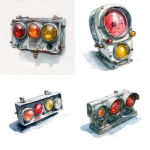
](https://images.ai-img.art/thumbnails/150/1accb5453f2335686b162f0a879c7ce73a18516a33868f214a16bdaf95beeb5a.webp)
